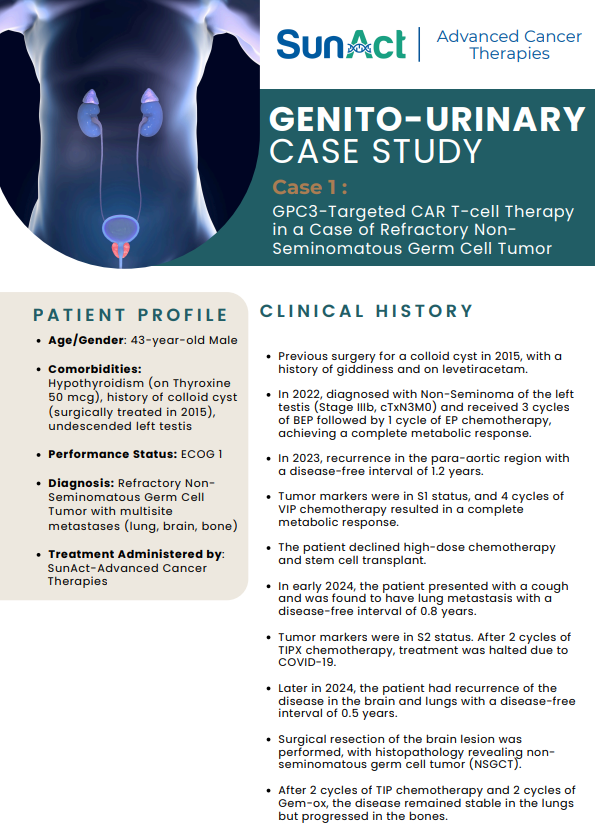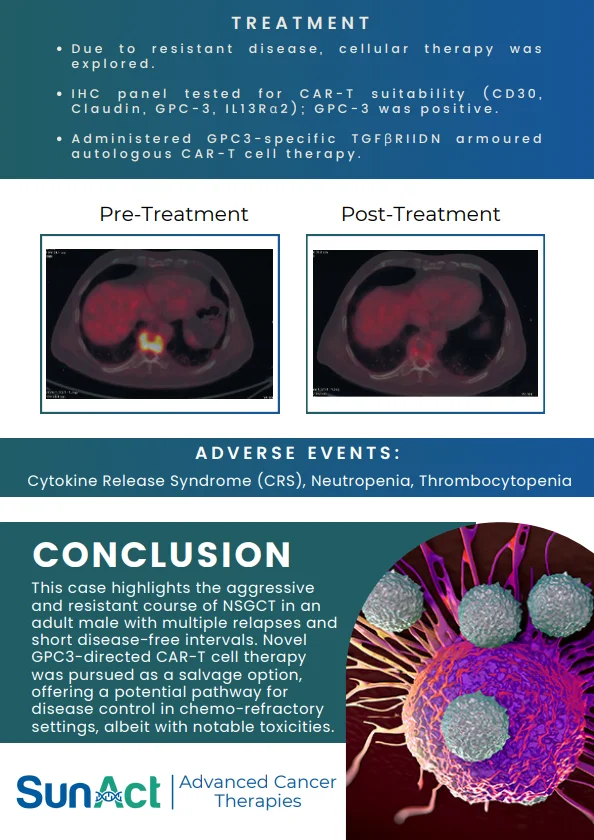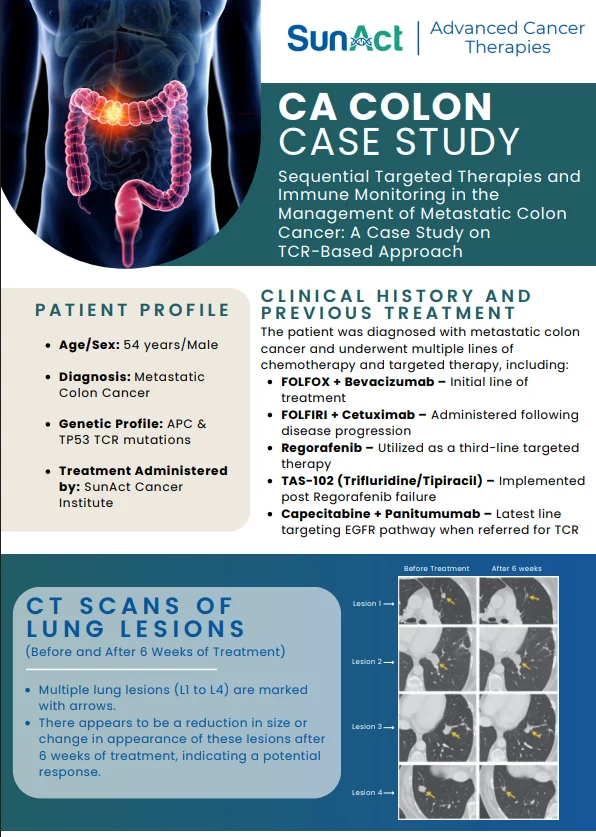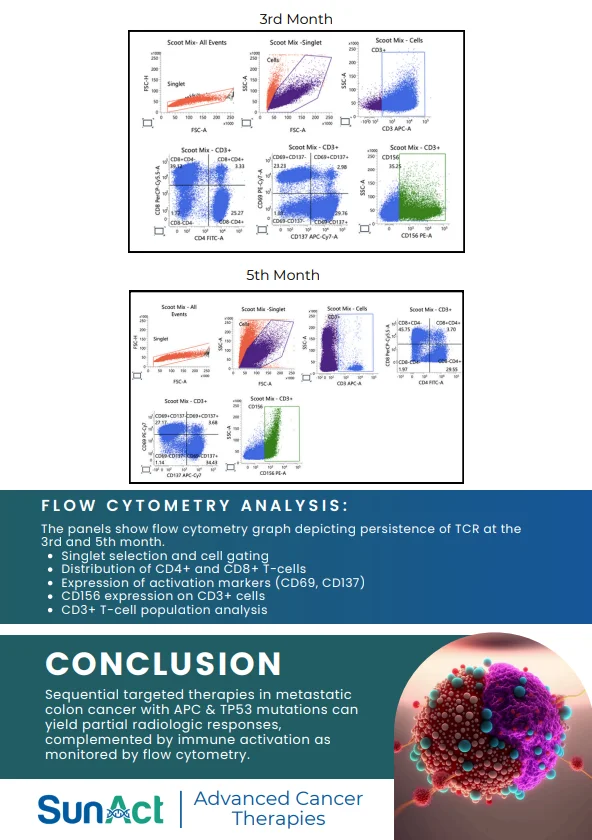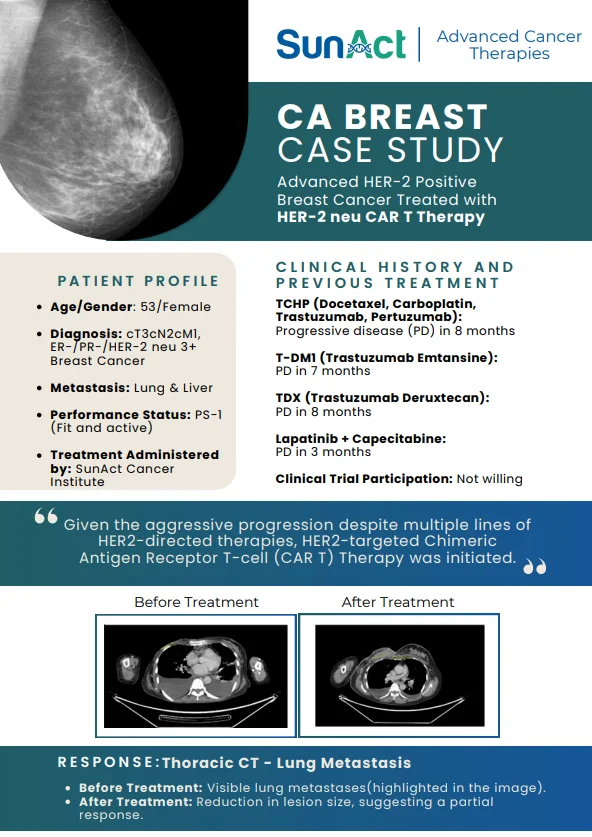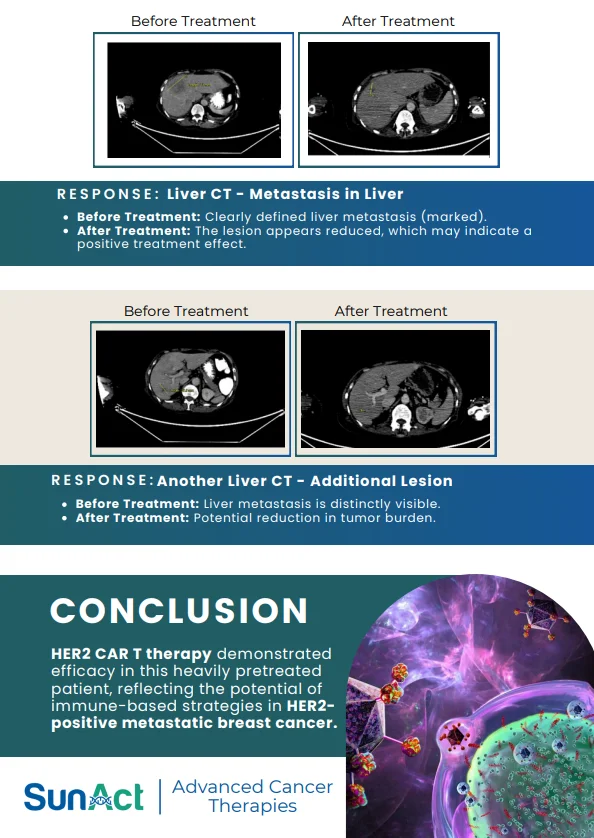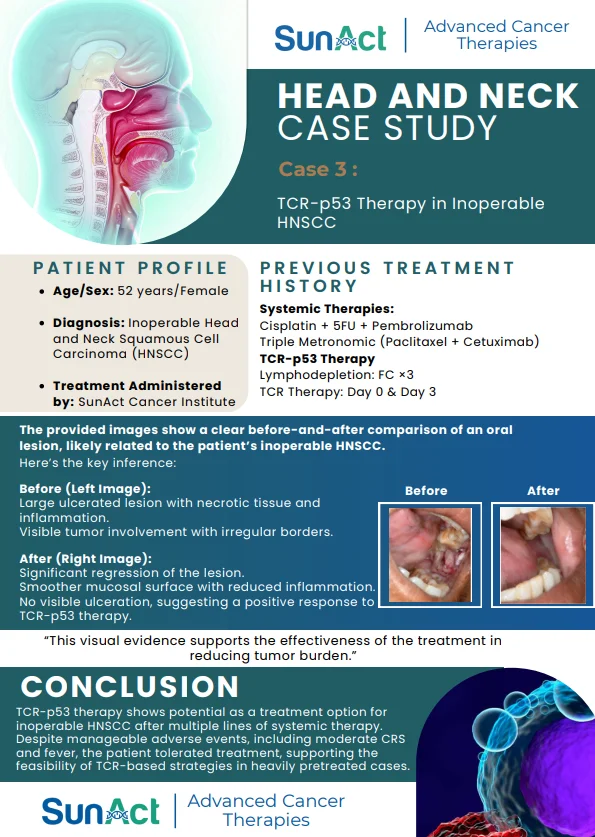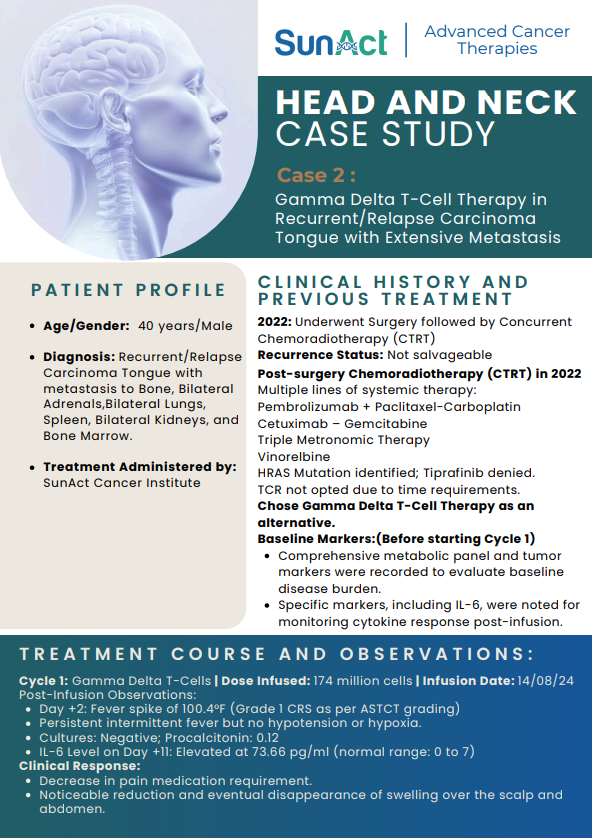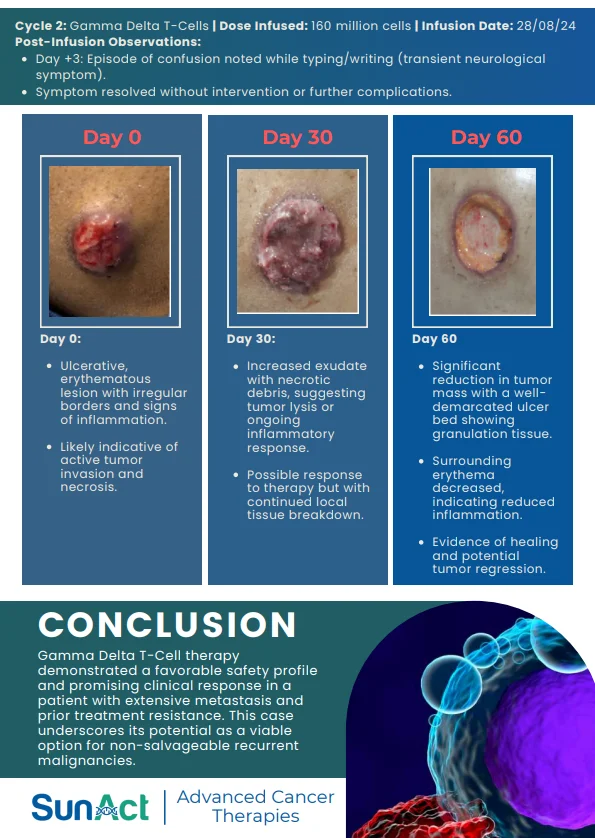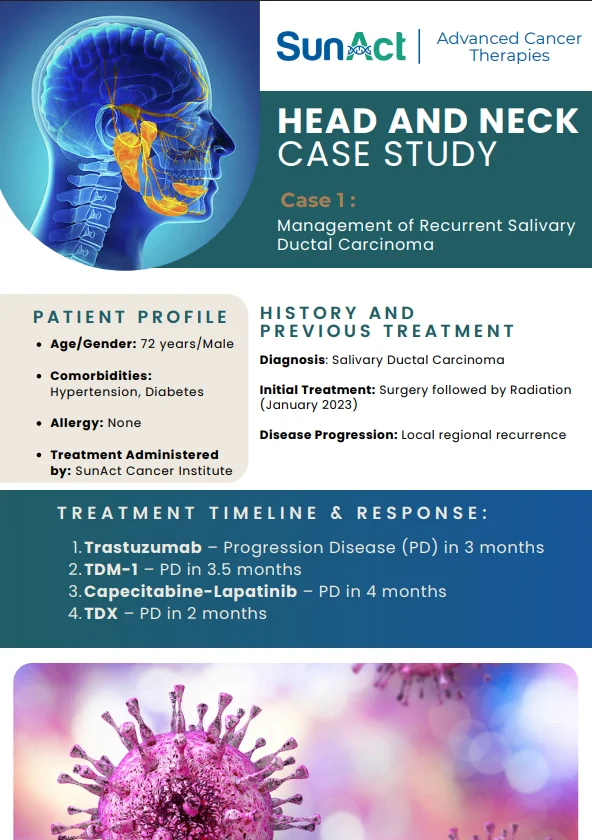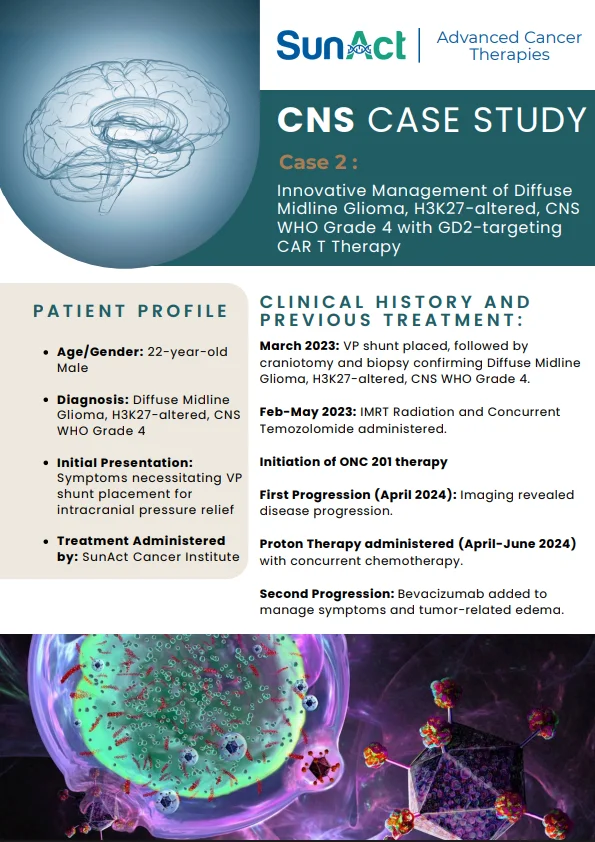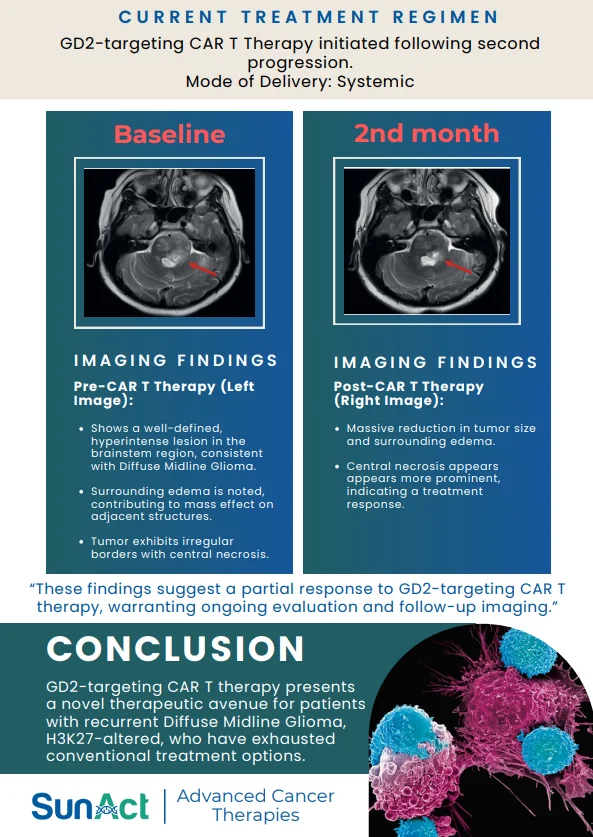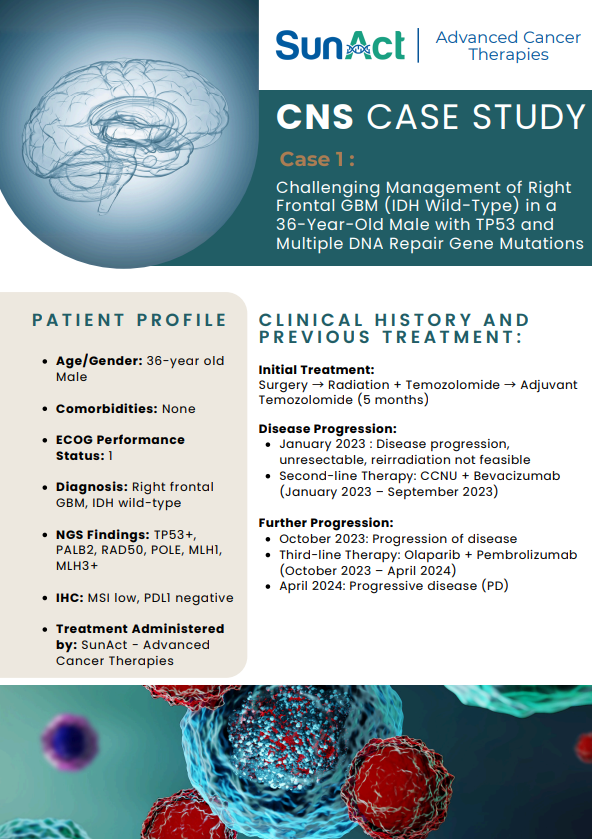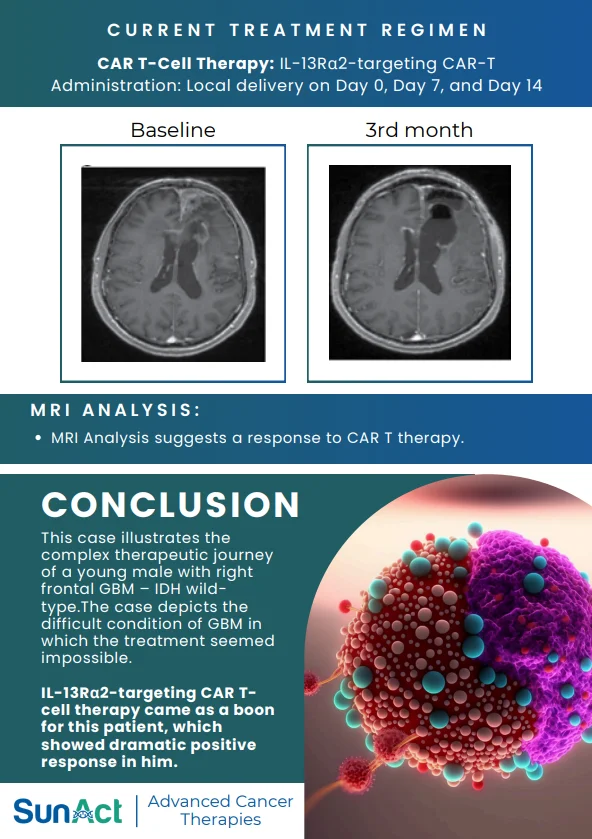Healthy Donor
Blood Sample
Mononuclear cells
High-purity γ δ T cells
Many cancer patients
Broad Targeting: Capable of recognizing and attacking a wide spectrum of cancer cells.
Low Risk of Graft-Versus-Host Disease (GVHD): Reduced likelihood of GVHD compared to other T-cell therapies.
Potential for Combination Therapy: Can be combined with other treatments to potentially enhance therapeutic outcomes.
| Tumor type | Ligands Identified |
|---|---|
| Acute Lymphoblastic Leukemia | 28-67% MICA/B 9-20% ULBP1-3 |
| Acute myeloid leukemia | 0-75% MICA/B 16-50% ULBP1 4-64% ULBP2 16-100% ULBP3 |
| Bladder carcinoma | 70% MICA |
| Brain cancer | 90% MICA/B and ULBP1-3 |
| Breast cancer | 35-100% MICA/B, ULBP1-5 |
| Cervical cancer | 20% MICA, ULBP2 |
| Chronic lymphatic leukemia | 0-85% MICA/B 10-20% ULBP1-3 |
| Chronic myeloid leukemia | 28-80% MICA/B 12-20% ULBP1-3 |
| Colorectal cancer | 80-100% MICA/B ULBP1-5 |
| Hepatocellular carcinoma | 60-100% MICA |
| Tumor type | Ligands Identified |
|---|---|
| Lymphoma | 20-44% MICA/B 12-20% ULBP1-3 |
| Melanoma | 50% MICA/B |
| Multiple myeloma | 10-60% MICA 0-34% ULBP1-3 |
| Neuroblastoma | 86% MICA/B, ULBP1-3 |
| Non-small-cell lung cancer | 20-30% MICA/B, ULBP1-3 |
| Ovarian carcinoma | 50-97% MICA/B, ULBP1-5 |
| Pancreatic cancer | 68-89.3% MICA/B |
| Prostate cancer | 75-95% MICA/B, sMICA/B |
| Renal carcinoma | >95% MICA/B |
| Sarcoma | 100% MICA/B, ULBP1-3 |
The infusion process is typically performed on an outpatient basis, but patients require close monitoring for potential adverse reactions.
Regular follow-up visits are crucial to monitor for side effects and evaluate treatment effectiveness.
Side effects may include fatigue, fever, and other immune-related reactions.
Gamma delta T–cells offer several unique features:
Clinical trials have shown that patients with advanced or recurrent cancers who undergo GDT therapy experience significant tumor shrinkage and prolonged survival. The therapy has particularly shown efficacy in cancers like Blood cancer and lung cancer.
GDT therapy is typically recommended for patients with advanced cancers who have not responded to conventional treatments like chemotherapy or immunotherapy. A thorough medical evaluation is required to determine eligibility.
If Gamma delta T–cell therapy is not effective, alternative options may include
Mumbai (Thane, Khar) | Kerala (Thodupuzha) | Nashik
Phone: +91 86553 13412
Toll Free: 1800 202 2232
Share your details below, and we’ll reach out to you without delay.
Disclaimer : We will be using this information for calling purposes only.
Share your details below, and we’ll reach out to you without delay.
Disclaimer : We will be using this information for calling purposes only.
